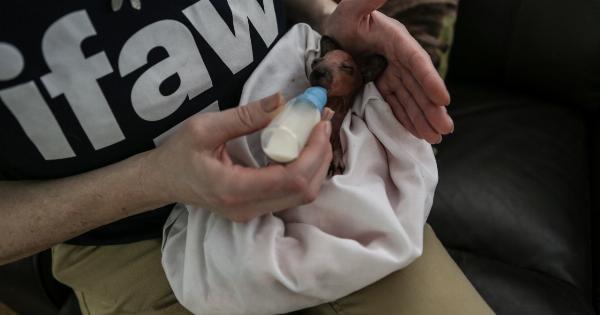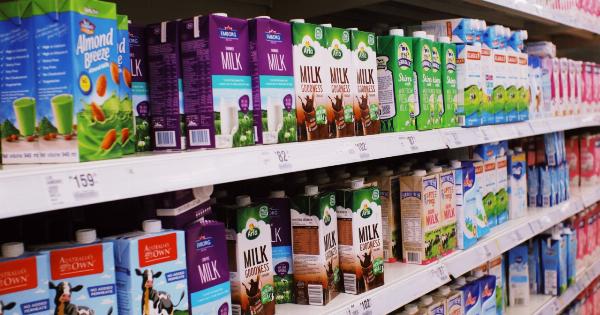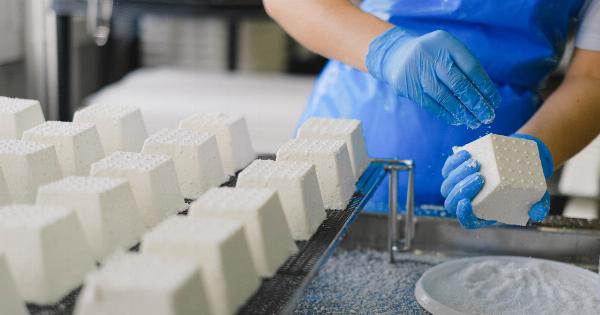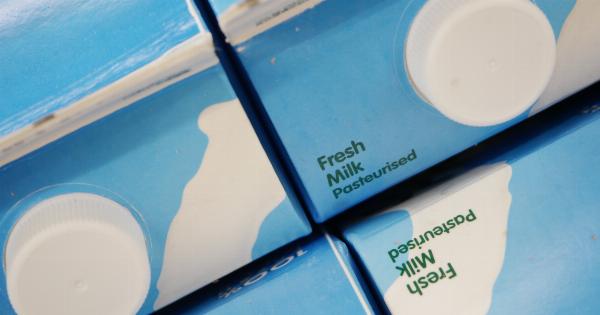Raw milk, also known as unpasteurized milk, is milk that has not undergone the process of pasteurization.
While some people advocate for the consumption of raw milk due to its perceived health benefits, it is important to understand the potential risks associated with its consumption. Raw milk can be contaminated with harmful bacteria, viruses, and parasites that can cause serious illnesses and even death. This article explores the reasons why raw milk can be deadly.
The Dangers of Pathogens
One of the main reasons why raw milk can be deadly is the presence of pathogens. Raw milk can harbor various types of bacteria, such as Salmonella, E. coli, Listeria, and Campylobacter.
These pathogens can cause severe gastrointestinal illnesses, including diarrhea, vomiting, stomach cramps, and fever. In some cases, these infections can lead to more severe complications, such as kidney failure or meningitis.
Pasteurization as a Safety Measure
Pasteurization is a process that involves heating milk to a specific temperature and holding it at that temperature for a set period of time in order to kill harmful bacteria and other microorganisms.
This process has been widely adopted to ensure the safety of milk and dairy products. By eliminating or reducing the number of pathogens present in milk, pasteurization significantly reduces the risk of getting sick from consuming contaminated milk.
Risks to Vulnerable Populations
Raw milk poses an even greater risk for vulnerable populations, such as pregnant women, young children, older adults, and individuals with weakened immune systems. These groups are more susceptible to the harmful effects of pathogens found in raw milk.
Pregnant women, for example, may pass the infection to their unborn babies, which can result in miscarriage, premature birth, or other complications.
Outbreaks and Contaminated Raw Milk
Several outbreaks of foodborne illnesses linked to the consumption of raw milk have been reported worldwide. In these outbreaks, numerous individuals have fallen ill as a result of consuming contaminated raw milk or dairy products made from raw milk.
These incidents highlight the potential dangers associated with raw milk consumption and further emphasize the importance of pasteurization.
Cross-Contamination Risks
Another factor that contributes to the potential deadliness of raw milk is the risk of cross-contamination. Raw milk can contaminate other foods or surfaces through improper handling or storage.
For instance, if raw milk comes into contact with a cutting board, utensils, or other kitchen surfaces, it can spread harmful bacteria, increasing the likelihood of foodborne illnesses.
Legality and Regulation
The sale of raw milk is regulated differently across countries and regions. While some jurisdictions allow the sale of raw milk with certain restrictions, others have banned it completely due to safety concerns.
The varying regulations and legal statuses associated with raw milk highlight the recognized risks and potential dangers of consuming unpasteurized milk.
Myths Surrounding Raw Milk
Advocates of raw milk often promote certain myths regarding its health benefits and safety. However, it is important to separate fact from fiction when it comes to raw milk.
Claims that raw milk is more nutritious or can treat certain health conditions are not supported by scientific evidence. The potential risks and dangers associated with raw milk consumption outweigh any perceived benefits.
Educating Consumers
To address the risks associated with raw milk, consumer education plays a crucial role. It is important for individuals to be aware of the potential dangers of raw milk consumption and the benefits of pasteurization.
Government health agencies and organizations need to provide clear and evidence-based information to help consumers make informed choices and protect their health.
Alternatives to Raw Milk
For individuals who prefer the taste or nutritional profile of raw milk, there are various safe alternatives available.
These include pasteurized milk and dairy products, which undergo the necessary safety precautions to eliminate harmful pathogens while retaining beneficial nutrients. Choosing these safer alternatives ensures the consumption of dairy products without the associated risks.
Conclusion
While raw milk may have its proponents, it cannot be ignored that consuming raw milk poses significant health risks.
The presence of pathogens in raw milk, the potential for cross-contamination, and the increased vulnerability of certain populations make raw milk consumption a potentially deadly choice. By opting for pasteurized milk and educating consumers about the dangers of raw milk, we can protect ourselves and our communities from the potential harm raw milk can cause.



























